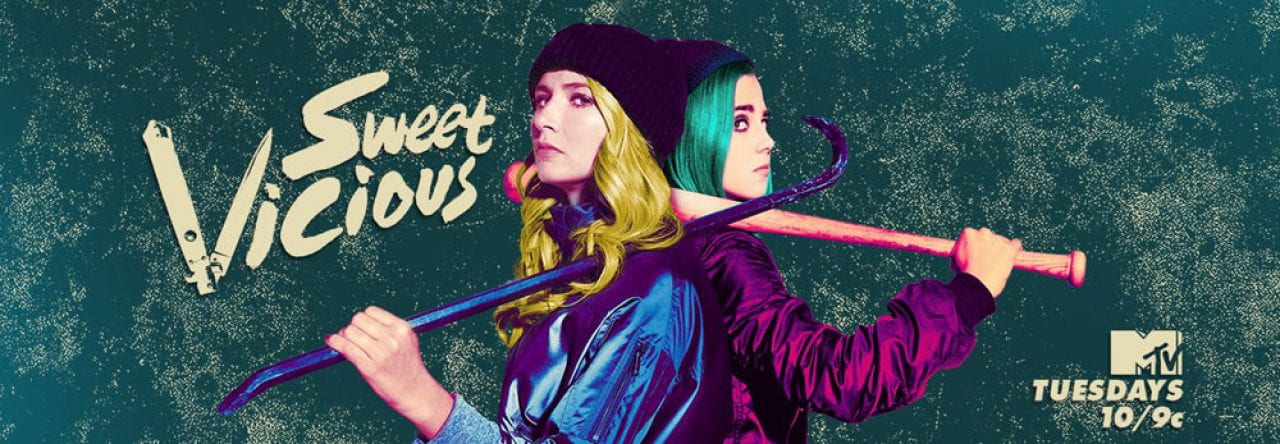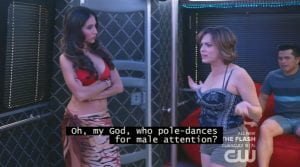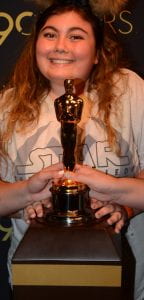Colgan, Jenny. “The Bolshie, Brilliant History of the Women of Doctor Who.” The Guardian, Guardian News and Media, 27 Aug. 2018, www.theguardian.com/lifeandstyle/2018/aug/27/the-bolshie-brilliant-history-of-the-women-of-doctor-who.
This article from The Guardian details the history of women in the show Doctor Who. It speaks of Sarah Jane Smith, a companion who began her stint with the third doctor and ended up being the companion who was on the show the longest. Her character was a feminist and actually kept her job as an investigative reporter after becoming a companion, which was a big deal because the companions before her had not kept their day job and usually did not exhibit any feminist characteristics. The article also analyzes how there was no sexual tension between the doctor and their companions in early seasons but as the seasons progress it becomes more prevalent. This shows how the companions’ roles have become more sexualized over the years. This article has value because it shows the history of women in Doctor Who and how their roles have changed throughout the show’s run.
Gregg, Peter B. “England Looks to the Future: The Cultural Forum Model and Doctor Who.” The Journal of Popular Culture, vol. 37, no. 4, July 2004, pp. 648–661., doi:10.1111/j.0022-3840.2004.00091.x.
This peer-reviewed journal gives insight into how as Doctor Who progresses the cultural structure of the show reflects the cultural structure of society. Most of the show’s themes throughout the years have reflected current cultural norms and popular ideology. The journal also details how some decisions about the direction of the show in the past were made by the actor playing the Doctor, such as the fourth doctor, Tom Baker. The person who played the doctor made decisions about how not only the doctor would be portrayed, but also how companions would be portrayed and viewed by the doctor. This is significant because the Doctor, up until 2018, was always portrayed as a man, and the input from a man’s perspective can be very different than from a woman’s. This journal has value because it shows how the show’s themes and values change as time goes on, which in turn means that gender roles would change.
Orthia, Lindy A., and Rachel Morgain. “The Gendered Culture of Scientific Competence: A Study of Scientist Characters in Doctor Who 1963–2013.” Sex Roles, vol. 75, no. 3-4, Feb. 2016, pp. 79–94., doi:10.1007/s11199-016-0597-y.
This peer-reviewed journal delves into the scientific roles that women have played throughout the run of the show Doctor Who. The study found that males and females in the show are not equally represented but they both equally exhibit scientific capability. Women are able to operate the TARDIS and perform important scientific calculations just as well as the men. They make almost as many, if not as many, crucial decisions as the doctor does. Despite this, there are some details of how characters are depicted in the show that indirectly devalue women, such as inadequate male scientists lacking masculinity and having feminine qualities. Lacking masculinity is seen as negative, which therefore means acting like a woman is seen as negative. This journal has value because it shows that although women are represented as scientific equals in the show there are indirect ways that they are not represented equally.
Pelusi, Alessandra J., “Doctor Who and the Creation of a Non-Gendered Hero Archetype” (2014). Theses and Dissertations. Paper 272.
In this thesis/dissertation the author explores how Doctor Who has created one of the only non-gendered characters depicted on television. They do this by analyzing the female and male characters and their roles within the show. The paper also brings up the interesting point that the doctor and their companions are dependent on each other, which elevates the importance of companions and in turn increases the relevance of female characters in the show. Female characters are seen as true game-changers because they are able to change the course of the show simply by voicing their opinions to the doctor. Although there will always be some stereotypes, due to their relevance in popular culture, there are less gender stereotypes displayed in the show due to these points the author explored. This thesis/dissertation has value because it demonstrates how gender does not play a direct part in Doctor Who and women have a significant role in the show.
Peters, Jasper. “Nothing Will Ever Be The Same Again: Exploring Faith, Doubt, and the Disciple Journey of a Companion to the Doctor.” Implicit Religion, vol. 18, no. 4, 2015, pp. 499–506., doi:10.1558/imre.v18i4.29089.
This peer-reviewed journal demonstrates how the Doctor’s companions, who are predominantly female, sway the Doctor’s actions and how their decisive roles affect the show. The Doctor is the main character of the show and will sometimes make split decisions on their own, but the companions, despite their usual devotedness to the Doctor, will challenge their ideas and significantly impact the plot. The emotions that the Doctor feels toward the companions and vice versa also affect the show and give female companions a symbolic role in the show, despite their role being simply titled as “companion”. There are times presented in the show where a companion and the doctor will actually have romantic feelings for each other, which complicates the situation even more when it comes to decision-making. This journal has value because it talks about how companions can sway the doctor’s decisions and therefore play an important part of the plot.
Ras, Ilse A. “Doctor Who: Companions and Sexism, 1963-1989.” Dr Ilse A. Ras, 2 June 2014, iaras22.wordpress.com/2014/05/31/doctor-who-companions-and-sexism-1963-1989/.
In this blog post the author explores whether or not the show Doctor Who is sexist. They decide that the show is simultaneously sexist and not sexist at the same time. The author cites blatant examples of sexism, such as outfits that female companions have worn and certain things they were made to say. Certain companions have been made to wear revealing costumes and/or bikinis that do not contribute to the plot of the show. There are also times where there is indirect sexism in the show, such as women being seen as a lesser figure in decision-making. She also observes that pre-1989, most of the companions had highly skilled jobs such as a journalist, teacher and heart surgeon. In the most reason seasons many companions have jobs that do not require a college degree. This article has value because it addresses the role of women in Doctor Who and whether or not their role can be seen as sexist.







